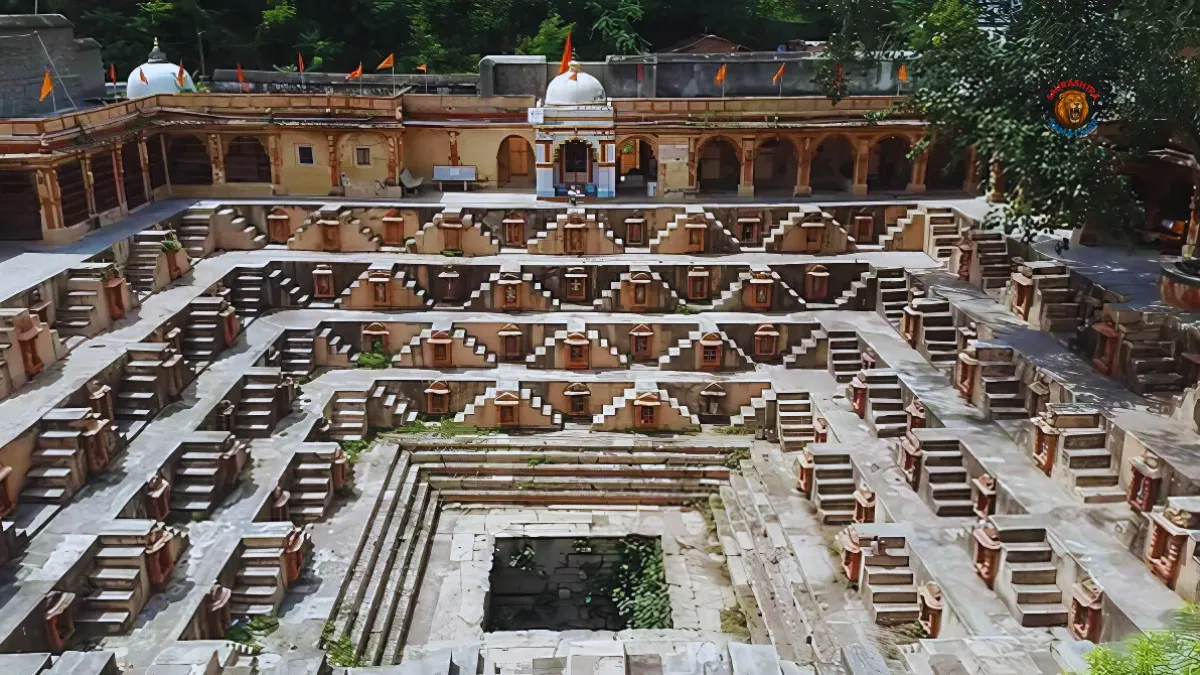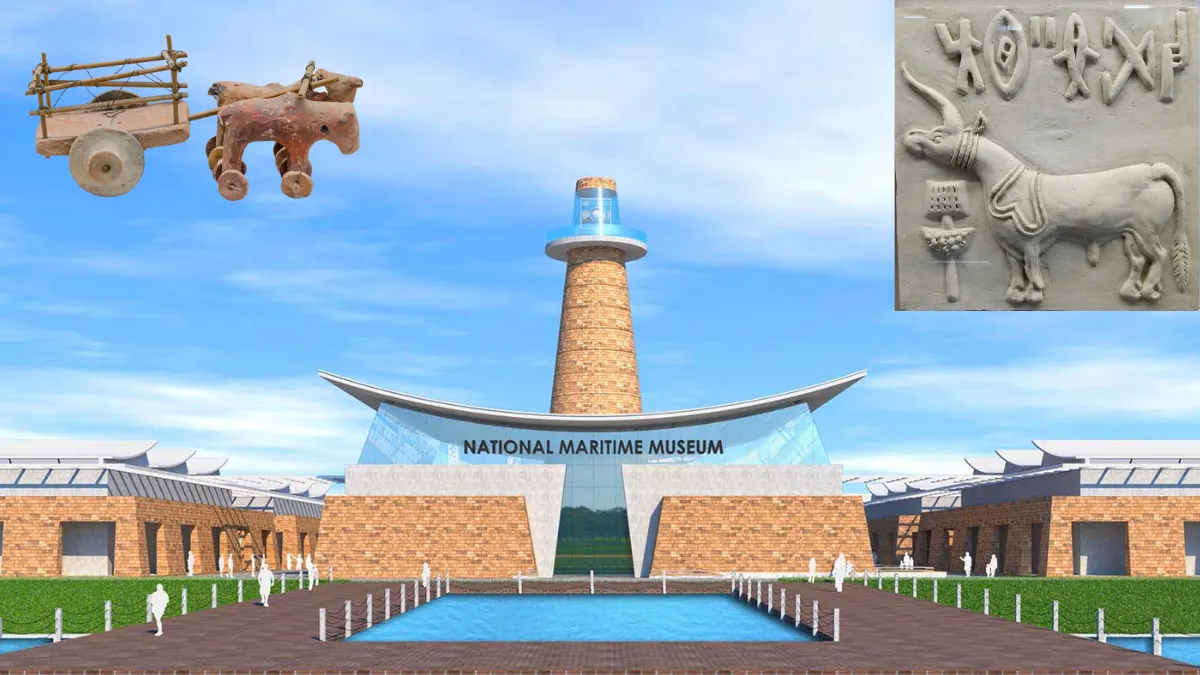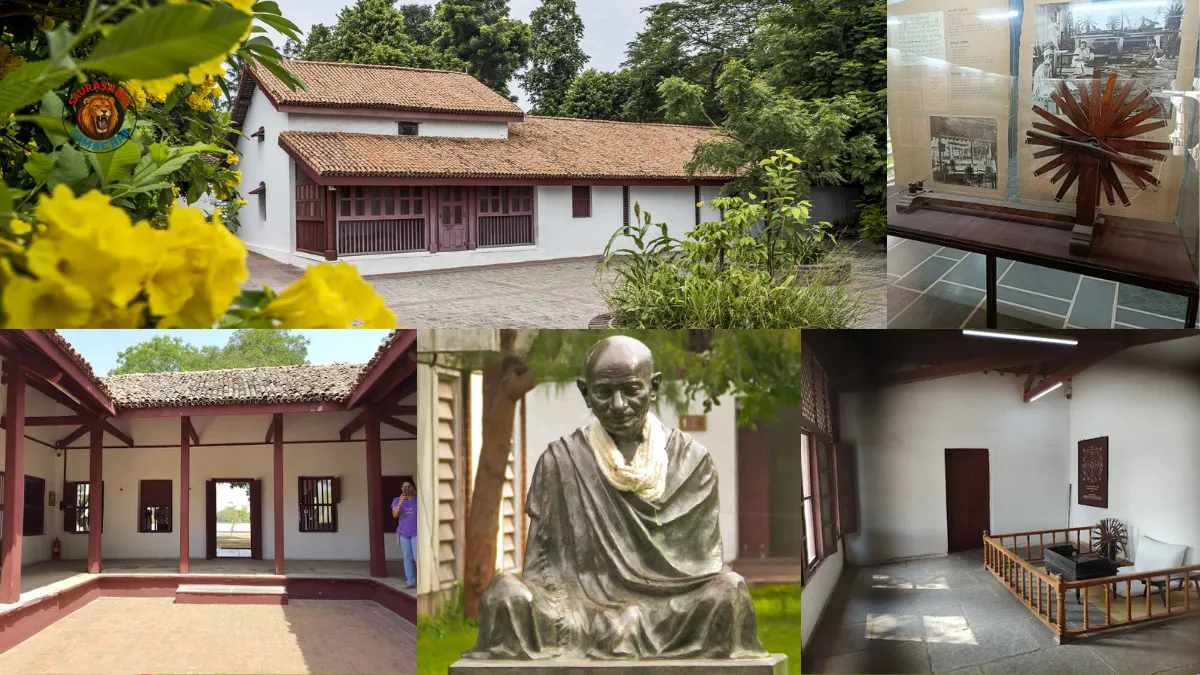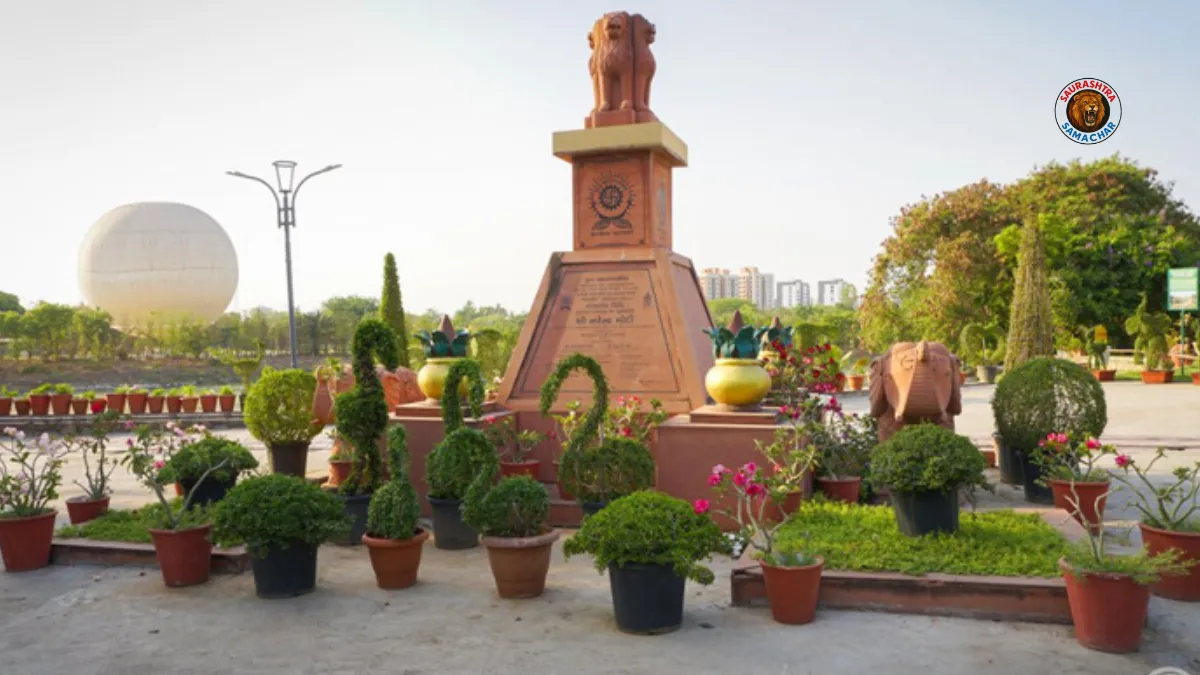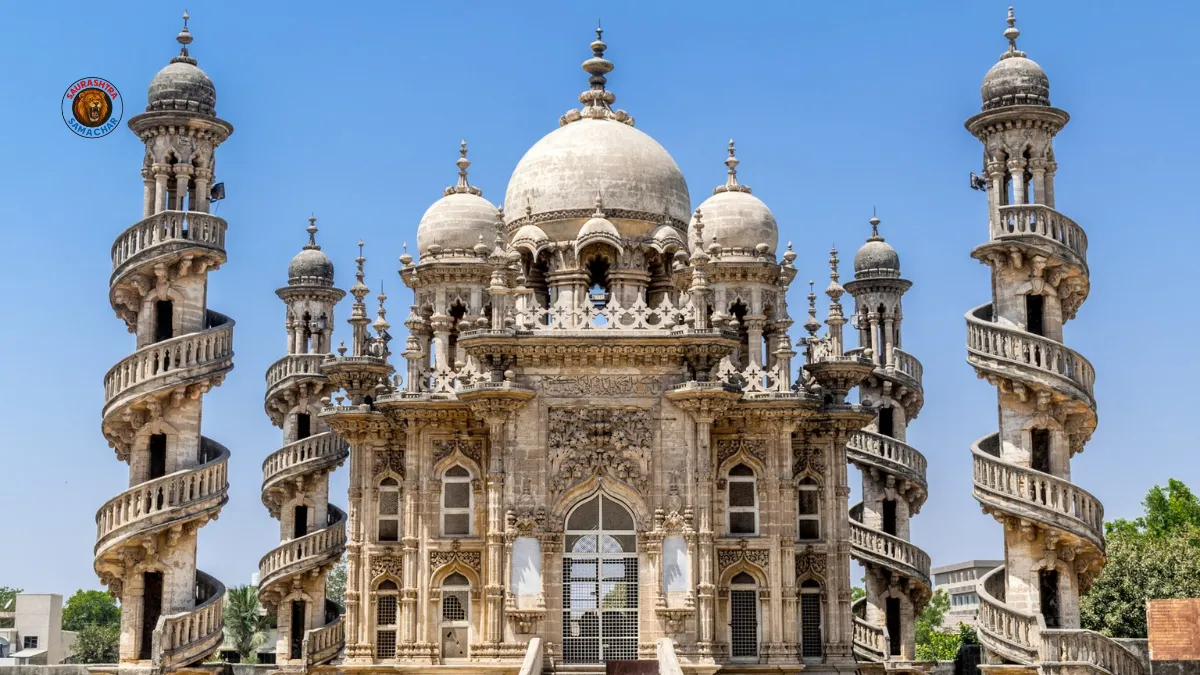Sihor-Brahmakund, located in the historic town of Sihor in Bhavnagar district, Gujarat, is one of the finest examples of ancient Indian stepped-tank architecture. This sacred site beautifully blends spiritual reverence with historical heritage, attracting both devotees and history enthusiasts.
Also known as Brahmkund or Brahma Kund, this ancient water tank is situated near the southern wall of Sihor’s old town. The area is adorned with serene idols of Hindu deities, giving it a deeply spiritual atmosphere.
Legendary Origins of Sihor-Brahmakund
The history of Sihor-Brahmakund is deeply rooted in legends from the Chaulukya period. It is believed to have been built or renovated under the reign of King Jayasimha Siddharaja, also known as Siddharaj Jaisinh.
Local folklore connects this monument to the tragic tale of Queen Ranakdevi. According to the legend, Siddharaja suffered a severe skin disease due to a curse by Ranakdevi. During his travels across Saurashtra, he stopped at Brahma Kund. After drinking the water, he noticed miraculous relief from his ailment. The king and his companions then bathed in the tank, experiencing a profound sense of healing and spiritual awakening.
In gratitude for this recovery, Siddharaja decided to restore and beautify the Brahma Kund, making it the architectural wonder we see today.
Historical References
The significance of Sihor-Brahmakund is not limited to folklore. It finds mention in ancient and medieval literature:
- Skanda Purana – Describes the sacred nature of the Kund.
- Prabandha Chintamani by Merutunga – Refers to the historical presence of the site.
- Ain-e-Akbari – Records from the Mughal period mentioning its importance.
Even poets have celebrated this sacred site. The medieval Gujarati poet Nanalal Dalpatram Kavi, in his Hari Samhita, narrates that Lord Krishna himself visited Brahma Kund, adding immense religious significance to it.
Architectural Beauty of Sihor-Brahmakund
The design of Sihor-Brahmakund is a true testament to medieval Indian engineering and artistic skills.
- The tank is built with intricate stonework.
- Multiple carved steps lead down to the water, creating a mesmerizing symmetrical pattern.
- Small temples, sculptures, and motifs of Hindu gods surround the tank.
- Symbolic and scientific elements are embedded in its carvings, showcasing the depth of ancient architectural knowledge.
The overall ambience of the Kund is both visually captivating and spiritually uplifting, making it a perfect blend of art, devotion, and science.
Nearby Attractions
Sihor-Brahmakund is not an isolated monument; it is surrounded by other religious and historical sites that add to its cultural charm.
| Nearby Site | Description |
|---|---|
| Neelkanth Mahadev Temple | A sacred Shiva temple known for its peaceful environment. |
| Gautam Lake | A picturesque lake perfect for relaxation and reflection. |
| Gautameshwar Temple | An important temple that adds to the religious aura of the region. |
This cluster of landmarks makes Sihor a must-visit for spiritual seekers, history lovers, and architecture enthusiasts.
Present-Day Challenges in Preservation
Despite its glorious past, Sihor-Brahmakund faces several preservation challenges:
- Encroachment: Unplanned construction around the site disturbs its historic setting.
- Pollution: Offerings and idols submerged during festivals leave behind debris in the tank.
- Neglect: Lack of regular maintenance affects the structural integrity of the monument.
Seasonal festivals, while important for tradition, often contribute to the pollution of the Kund’s water. Without proper regulation, these issues threaten the monument’s long-term survival.
Protected Heritage Status
Brahma Kund has been declared a State Protected Monument (S-GJ-35), which officially recognizes its cultural and historical value. However, the official status alone is not enough—there is a need for stronger conservation measures, better waste management during festivals, and strict regulation of surrounding developments.
Spiritual Importance Today
Even today, locals believe the water of Sihor-Brahmakund holds miraculous healing properties. It continues to be a popular pilgrimage destination where devotees come to bathe, pray, and seek blessings. The site inspires awe in visitors, not only because of its ancient architecture but also because of the deep faith it embodies.
Also read: Talaja Caves: A Timeless Blend of History, Faith, and Rock-Cut Architecture
Conclusion
Sihor-Brahmakund is far more than just an old water tank—it is a living testament to Gujarat’s rich heritage. With its blend of history, art, and devotion, it stands as a reminder of India’s glorious past. Proper preservation efforts can ensure that this jewel of Sihor remains a source of pride, spirituality, and cultural identity for generations to come.
